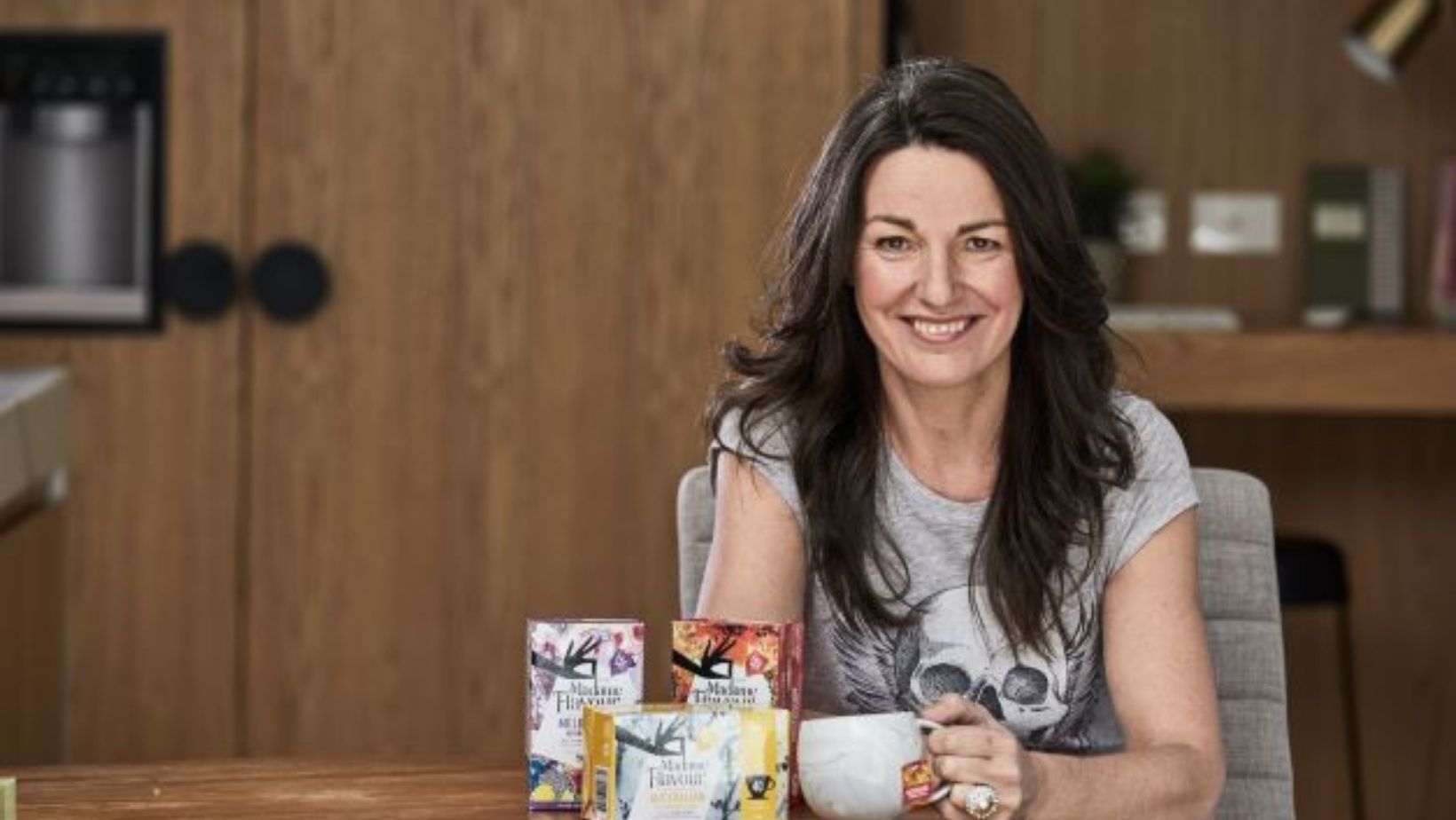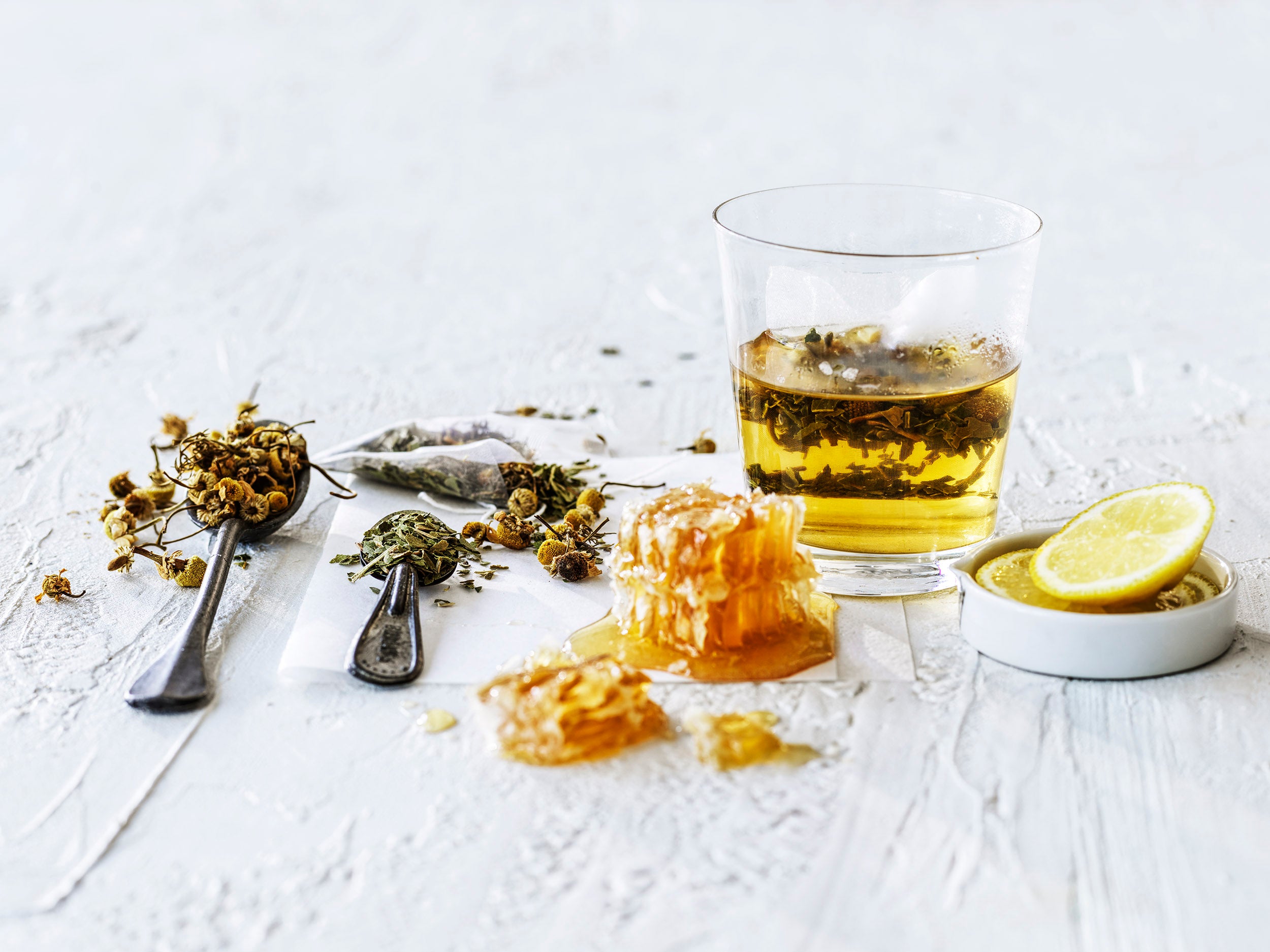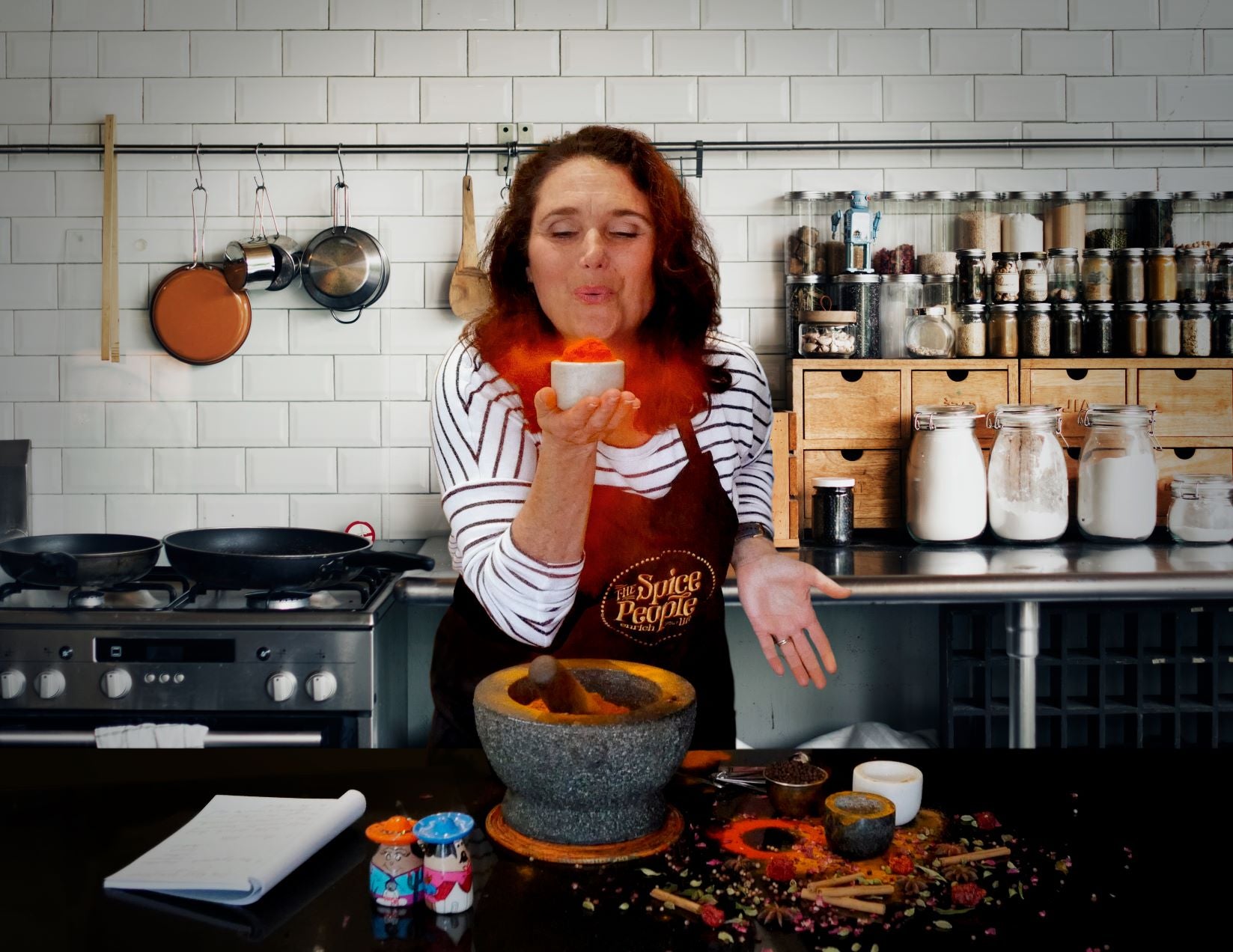
Corrine Noyes - Madame Flavour Tea
When we sat down with Corrine Noyes, she told us how her love for tea and desire to create something special led to the creation of Madame Flavour. Read about how she brings together beautiful natural ingredients, turning them into delicious sensory combinations.
A quick guide about making the best cup yet is included below so read carefully before enjoying another sip or two...
Who is Madame Flavour and how did she come to be?
Madame Flavour is an enigma. She exists somewhere between who I was at the start of my journey and who I aspire to be. She’s passionate about travel and nature, exploring all flavours, committed to supporting others, creating connections – and of course, obsessed with tea.
What does Madame Flavour believe in and why should consumers care?
Madame Flavour believes that life is at its richest when we feel connected, to ourselves and to others. That immersing ourselves into the beauty and diversity of the natural world and enjoying in a pot of tea with a good friend, are powerful ways to establish those connections.
My ambition when I started Madame Flavour, was to provide an outstanding loose-leaf experience that you could still enjoy in your cup. There’s nothing worse than being in a rush and having to let your fresh pot of tea go to waste! I discovered a delicate silky pyramid style bag which does this beautifully. All of the packaging associated with my products are crafted from green-PLA-certified, biodegradable materials.
Our teabags are filled in the heart of Sri Lanka, within walking distance of the tea gardens. Not only do you get access to some of the world’s freshest, highest quality team but you also get to support a business that is carbon neutral. This means that our entire manufacturing process offsets more CO2 per year than we create.
I believe our customers care because we do. They often describe themselves as ‘obsessed’, because we are too. We care obsessively about our ingredients, from the source, flavour and aroma of our tea. Our team prioritises a consumer-oriented customer service approach, and we often delight our customers with surprises.
Our motivations are not purely for profit, it’s more about feeling that we contribute something positive to the grand scheme of life, learning, and enjoying the journey.
Our community isn’t profit oriented. Madame Flavour is all about the journey of finding incredible teas with others. My daughter Sienna is 15 now and her life has been intertwined with Madame’s; with trips to the hills of Nuwara Eliya and being one of my first taste-testers of most of my brews. As a local family owned business, it’s highly personal for me.
When did you discover Lemon Myrtle & Anise Myrtle and what was the driver to use it in your teas?
I discovered lemon and aniseed myrtle more than 20 years ago, before the Madame Flavour story began. At my home in the Strezlecki Mountains in Victoria, I was introduced to a beautiful shiny leafed bush, Australian Mountain Pepper, a native Australian plant with peppery hot leaves and berries.
I fell in love with understanding the varied flavours of local bush foods. Becoming an active member of the Prom Country Bush Food Growers group was where I was introduced to the broader world of plants, including lemon and anise myrtle.
When I was planning Madame Flavour, I always felt that my blends had to include Australian native flavours. Each native blend tastes a little bit like home, whether the forest green notes in mountain pepper, or the hint of gum in the round leaf mint.
Australian natives have been showcased in Madame Flavour tea since the very beginning. One of the first blends I created and presented to market was the Earl Grey de Luxe blend – the lemon myrtle made it luxurious. And mountain pepper in our Sultry Chai; Traditional Indian Masala Chai uses local pepper, so I thought, let’s use ours.
We have since expanded to include several other indigenous flavours; anise myrtle which is the perfect partner to the licorice root and round leaf mint, adding complexity to peppermint and spearmint in our Organic Mints blend.
What type of flavour does each deliver to a tea? How does it differ from other citrus type teas?
Lemon myrtle works with other lemon flavoured herbs. I find it the most intense; with incredible aroma and lemon notes that I call top or higher sweeter notes. I find it brings a freshness, lift and zing to herbs that have earthier base notes; such as lemon balm and lemongrass. It also pairs beautifully with the bergamot that characterises Earl Grey, bringing zing and sweet lemony top notes to that classic blend.
Aniseed myrtle is one of my favourite Australian flavours – it amazes me that the natural world evolved an Australian tree whose leaves taste of aniseed; the baby leaves are so sweet and delicious to chew. It pairs perfectly in our Luscious Licorice, balancing and adding complexity to the earthy, sweet licorice root. I also add fennel and a touch of peppermint to reduce the sweetness.
What’s the secret to the best cup of tea?
There are several secrets to a great cup of tea; which are not all widely known, hence the sometimes-disappointing cups we receive when we are out and about.
My top tips:
- Use high quality tea: larger loose leaves are best as they retain more essential oils and therefore have more complex flavour than tea in paper teabags, that generally contain very fine tea fannings and dust.
- Make sure the tea is fresh. Once opened, store in an airtight, opaque container. Light and oxygen cause tea to lose the volatiles that give it flavour.
- If you are using pure loose leaf, ensure you use the correct amount. Our leaf tea pyramids contain the perfect amount of loose-leaf blend for a large cup.
- Particularly for green tea, it is important not to use boiling water or you will ‘scald’ the tea, causing more of the bitter tannins to be released. Water temperature for green tea should be around 70-75 degrees depending on the tea. You can achieve this by adding a dash of cold to the cup first.
- Go through the process of making and drinking your tea mindfully. Notice the warmth of the cup as you pour, the leaf opening as it infuses, the aroma and then that first sip. This all helps you to become more present in your tea-tasting experience.


